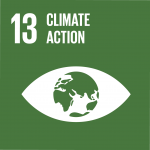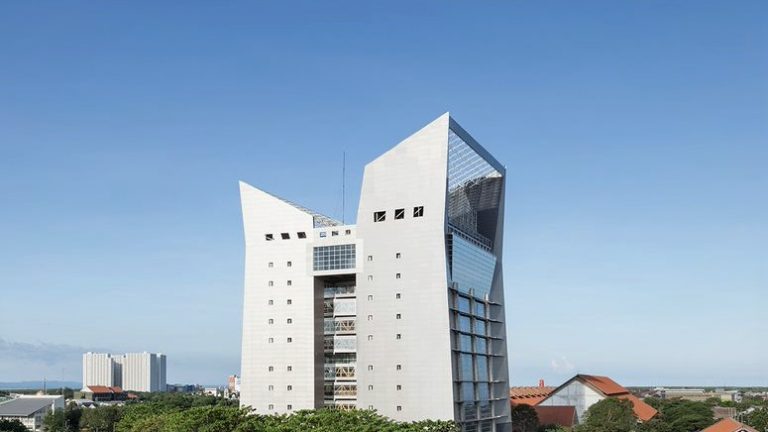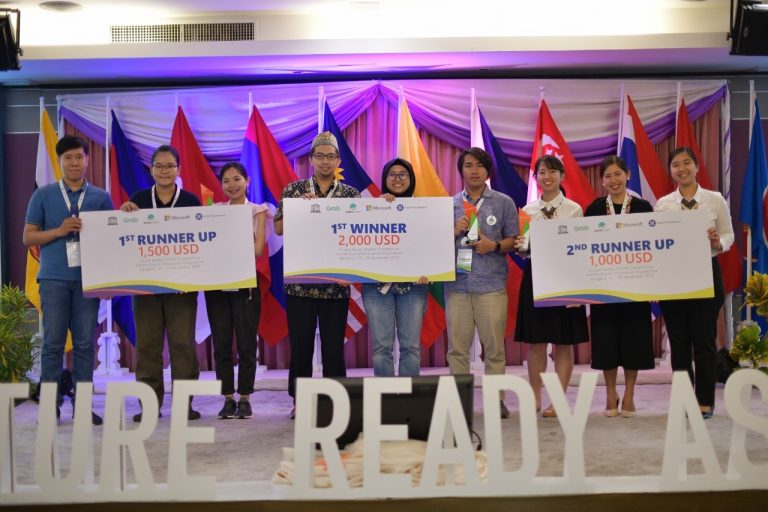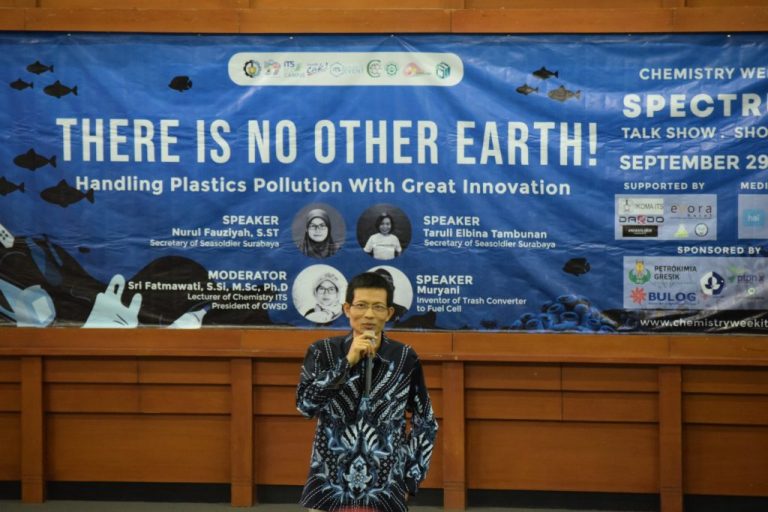“Climate change is a crisis that will affect every part of society, and every country. Universities need to be at the forefront of action to reduce the impact of climate change, especially amongst the poorest who will be the most affected.”
(THE Impact Rankings)
SDG 13: CLIMATE ACTION
Low-Carbon Energy Use
Energy Consumption Reduction
Under the mandate issued by the rector through ITS Rector’s Circular Letter No. 95007 Year 2019 pertaining to ITS’ Initiatives towards Sustainable and Environmental Friendly, one of the implementations is the reduction of energy consumption whose implementation element is green building. The implementation of the green building focuses on the development and renovation of building in ITS area with specific requirements.
Renewable Energy Sources
In accordance to ITS Rector’s Circular Letter No. 95007 Year 2019 on ITS’ Initiatives towards Sustainable and Environmental Friendly, ITS enforces it by promoting the use of technology to carry out energy efficiency. In addition, it also encourages the act of implementing energy conservation through the utilization of new and renewable energy within ITS campus.
Program Development of ITS Smart Eco-Campus
ITS Smart Eco Campus is an initiative in creating sustainable development in the campus environment by utilizing technology and science on campus. This is because ITS believes in the development of science and technology is able to walk in harmony with nature. Because of it, ITS took initiative to be a pioneer in the development of smart eco campus and utilize every campus element to create environmentally friendly development.
ITS has launched this program since 2011. This initiative program is a commitment of the university to play an active role in the development of science and technology and the application of an environmentally based lifestyle. This program is part of ITS campus strategic planning and is consistently implemented and developed.
Environmental Education Measures
Express Climate Change Through the Web, ITS Team Wins ASEAN Champion
The glorious achievement was unceasingly achieved by the academicians of ITS both in the national and international arena. This time, two students from Informatics Department and Information Systems Department successfully presented the first champion by designing a website that expresses about climate change in the Future Ready ASEAN Competition which took place in Bangkok, Thailand for three days.
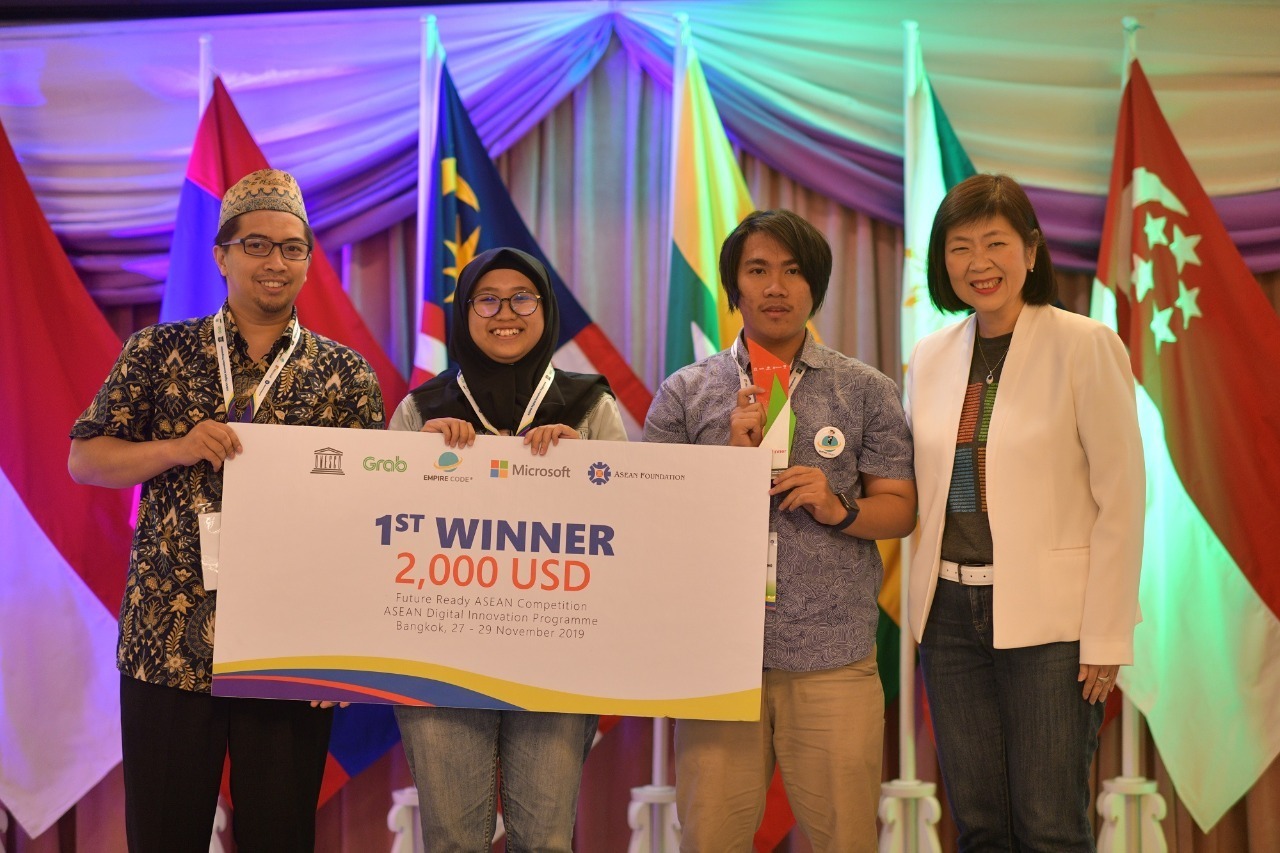
ITS Conducts Webinar on Climate and Coastline Change
Climate change will affect coastlines in the future. Sea level rise is not the only impact of climate change that will affect coastal areas. In order to equip students with this matter, Department of Geophysics Engineering of ITS conducts a webinar entitled “Perubahan Iklim dan Perubahan Garis Pantai”. This webinar presents experts in the field of climate change from Indonesian Meteorological, Climatological, and Geophysical Agency (BMKG), geo-archaeologists and marine geologists.
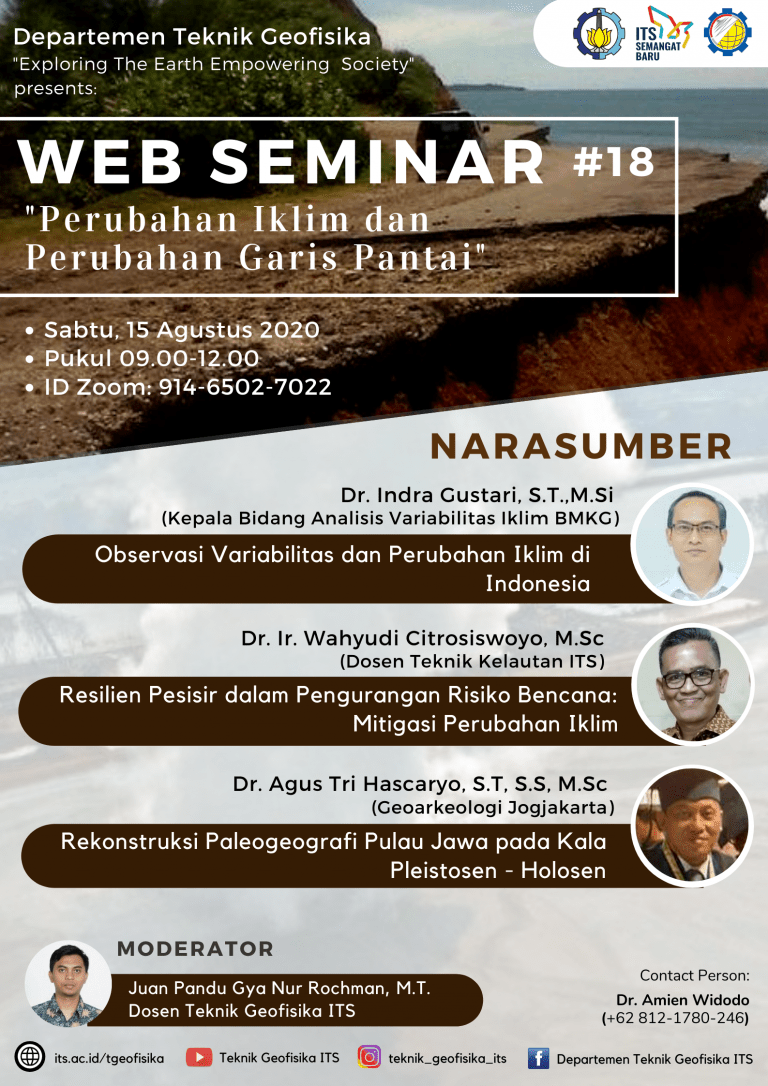
Circular Letter of ITS Rector No. T-95007-IT2-TU.00.08-2019 about ITS as a Sustainable and Environmental Friendly Campus
ITS promotes a university Climate Action plan, shared with local government and local community groups. The initiatives towards a sustainable and environmental friendly campus are written in the Circular Letter of ITS Rector No. T-95007-IT2-TU.00.08-2019. The university also has a Smart Eco Campus Unit to ensure the implementation of sustainable and eco campus.
ITS to Achieve ITS Smart Eco Campus by Reducing Carbon Emission
The Business Management Department of Institut Teknologi Sepuluh Nopember (ITS) Surabaya organized a seminar titled “Implementation of Low Carbon Activities and Its Opportunities in Indonesia” held at ITS Postgraduate Auditorium. The seminar aimed to demonstrate ITS’s commitment to reducing carbon emissions through the Smart Eco Campus program as an educational institution.
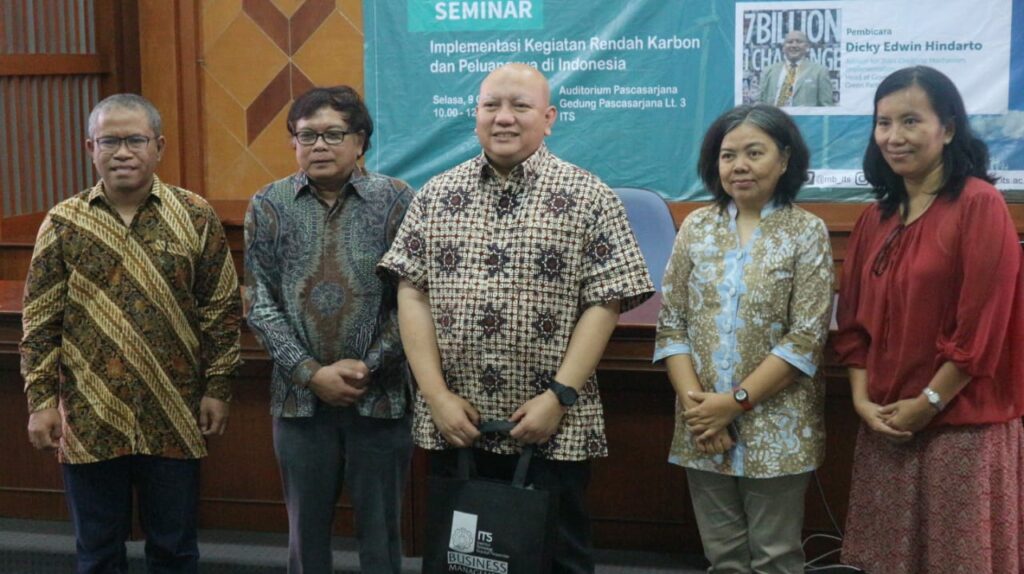
Greenhouse Gas Emissions Reduction
ITS has plenty of programs that are intended to contribute towards reducing emissions of greenhouse. It is aimed at reducing the carbon footprint of the institution. This program includes measures such as energy efficiency, renewable energy, and waste management. The goal of this program is to create a sustainable and environmentally friendly campus.
ITS to Revitalize Drown Islands
Sustainable Island Development Initiatives (SIDI), is an annual program that has been run by ITS in developing Indonesia’s maritime and archipelago empowerment. The program collaborates with several parties, both from Indonesian and foreign universities, the central government, regional governments, and the maritime industry.
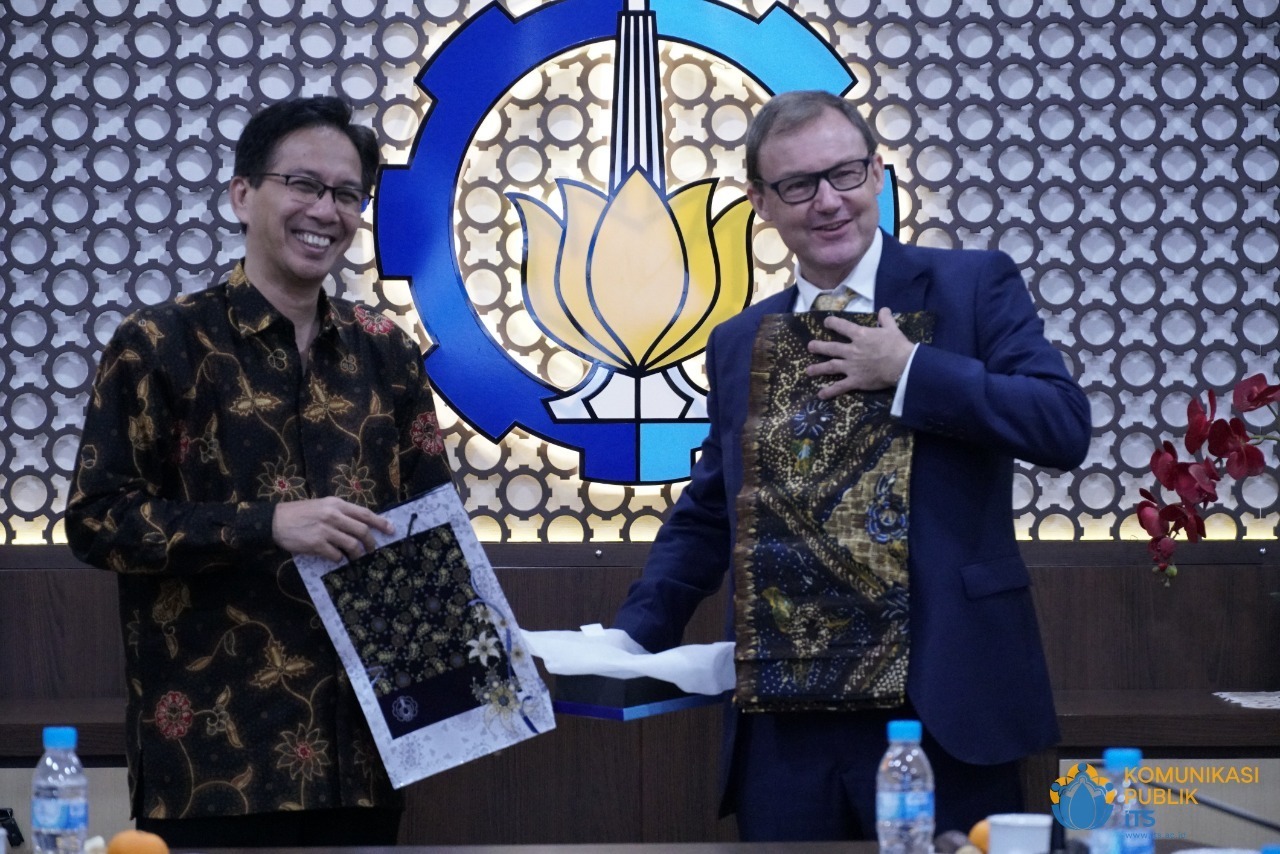
ITS Ready to Establish Cooperation with the British Embassy
ITS continues to widen its network of cooperation, both nationally and internationally. It was proven by the acceptance of a delegation visit of the British Embassy led by Deputy Ambassador, Rob Fenn at ITS Rectorate Building, Monday (17/2), in order to establish cooperation in the field of education and research.
ITS Strives for Management of Green House Gas Emissions of International Sailing Ships
In order to equip students with the latest issues in the aspects of shipping, maritime affairs, and their relation to the environment, the Department of Marine Engineering of ITS invited a guest speaker from the Bureau Veritas Group, Rachmat Gunawan, M.Sc. The guest lecture entitled “Current Research Issues of Global Marine Emission Towards 2050” was held online on Friday (15/5), which discussed the management of Greenhouse Gas emissions of international sailing ships.
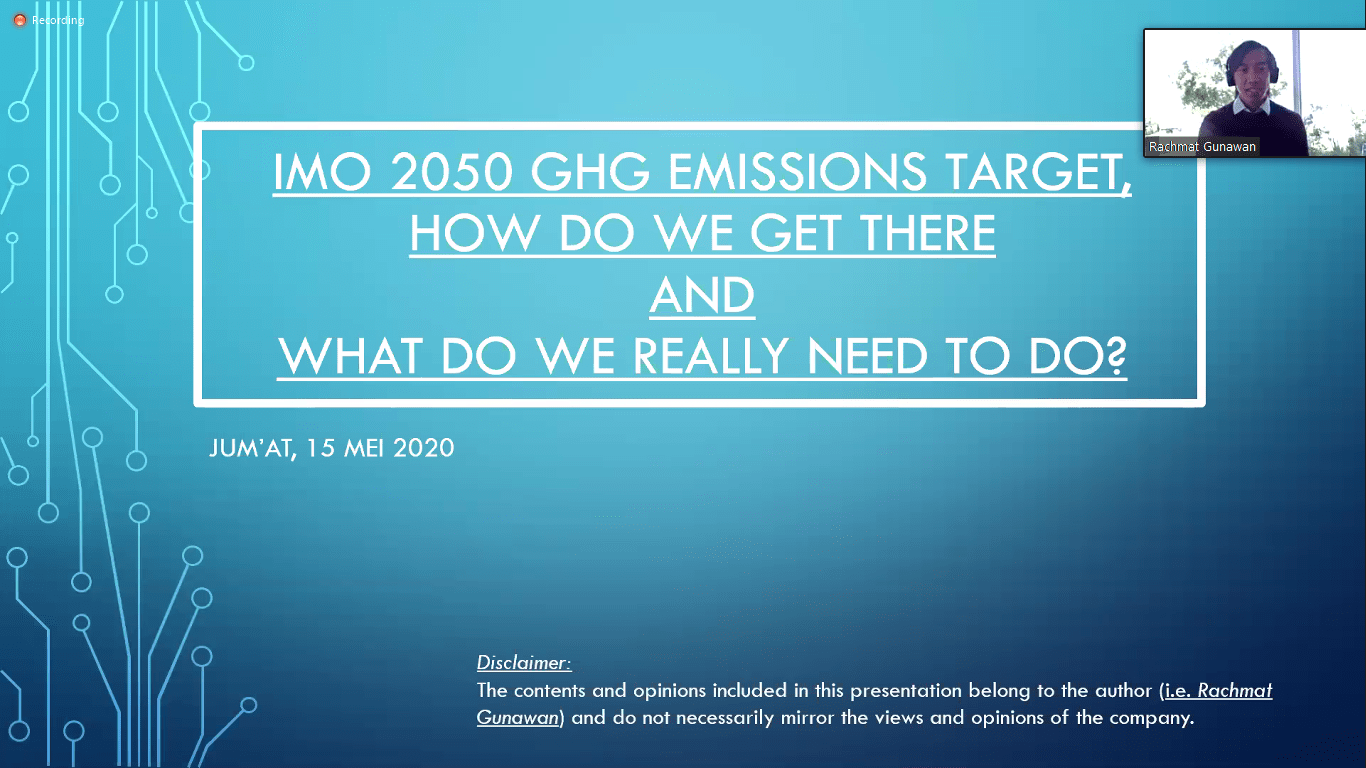
Virtual Workshop Raises Awareness on Surabaya’s Seismic Activity
A virtual workshop – the first of an ongoing series – was held on the 14th October to raise awareness on the earthquake status in Indonesia’s second largest city. 107 attendees, including key decision makers, international stakeholders and the media, were briefed on the current threat, with the aim of increasing their understanding and ownership of a safer, resilient and sustainable Surabaya city.

Expert from ITS to Overcome Tsunami
A geologist at ITS, Dr. Amien Widodo, explained a number of tough ways to mitigate disasters against the tsunami. One of the examples given by Amien is the method used by the people of Simelue Island, Aceh, who carried out early detection during the December 26, 2004 tsunami. The earthquake and tsunami events that have occurred in the area have made the people there actively develop an early detection system based on local wisdom which they call semong.
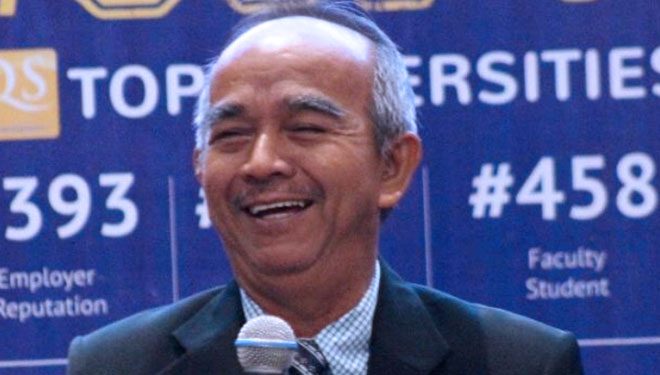
ITS Educates People on Disaster Prevention
The Indonesian people were shocked by the news of the potential for a large tsunami disaster on the island of Java. In response to this, the Disaster Mitigation and Climate Change (MKPI) of ITS held a light discussion about the potential for an earthquake and tsunami in East Java in order to arouse community preparedness in dealing with potential disasters.

ITS to Prepare Water Pump during Extreme Weather
Heavy rainfall has caused some areas in Greater Jakarta to be flooded. The disaster became an alarm for the Surabaya City Council to be more vigilant in facing the rainy season in early 2020. Surabaya City Council said that preparations for the rainy season had been carried out since last year. Drains cleaned. Pump housing and boezem added.
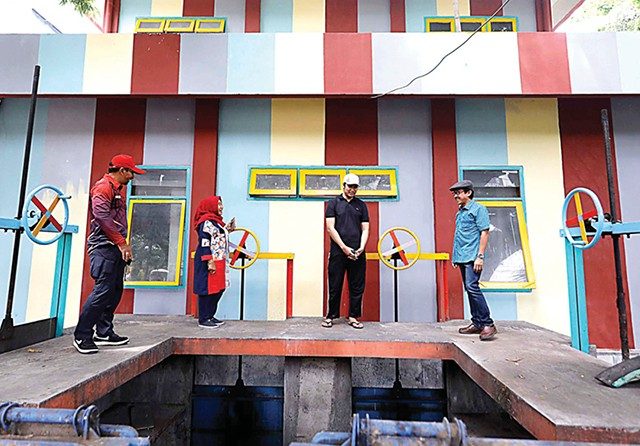
Webinar “Climate Change: Perilaku dan Teknologi”
A webinar entitled Webinar “Climate Change: Perilaku dan Teknologi” was addressed to raise society’s awareness towards how the change of earth’s climate could influence human behavior and technology. The webinar presented guest speakers from three different generations, which could provide a better understanding of how people from different generations perceive the urgency of climate change.
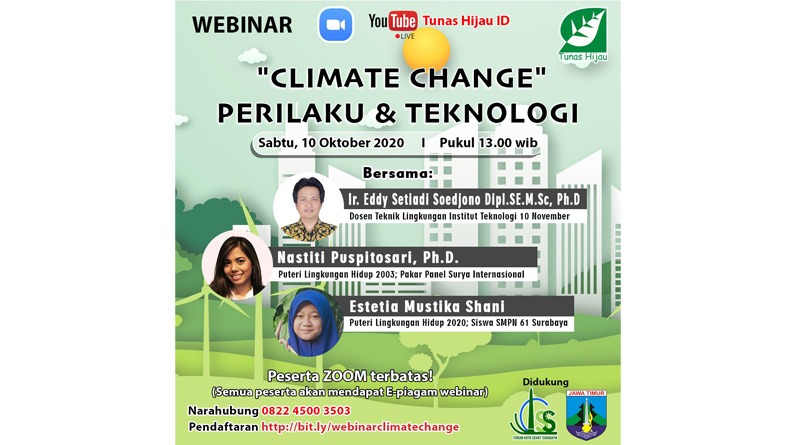
ITS Students Invites Surrounding Communities to Celebrates Worlds Water Day
Water is one of the most vital aspects of human life. Therefore, students of the Department of Environmental Engineering of ITS present an event entitled “Paling Berseri” which involved communities participation in it. The event, which was realized in order to celebrate World Water Day, was successfully held at the Kampung Pacar Keling, Surabaya. This event aims to raise public awareness of water conservation.
ITS Students Help to Clean Mangrove Forest in ECOTON
Institut Teknologi Sepuluh Nopember (ITS) students participated in a mangrove forest cleaning event organized by ECOTON. The event aimed to raise awareness of the importance of mangrove forests and the role of the community in protecting them. Through their participation in the event, ITS students were able to contribute to the conservation of mangrove forests and gain knowledge and skills in environmental conservation.
ITS promotes activities and initiatives towards carbon neutral according to the Greenhouse Gas Protocols. These are done in Scope 1 and Scope 2 levels. Adhering to the Circular Letter of ITS Rector No. 08991-IT2-TU.00.08-2012, ITS has made a pledge to implement energy and water saving and the heavy reduce of the subsidized vehicle’s fuel within the work unit environment since 2012. The institution also takes real actions in the attempt to march toward carbon-neutral institution by hosting carbon-conscious events, such as public emission test in the earth day to ensure that the exhaust gas from the vehicle is still within the ethical limits.
Circular Letter of ITS Rector No. T-95007-IT2-TU.00.08-2019 for ITS as a Sustainable and Environmental Friendly Campus
Greenhouse Gas Emissions Reduction
Circular Letter of ITS Rector No. 08991-IT2-TU.00.08-2012 for the Implementation of Energy and Water Saving and Non-Subsidized Fuel
SDG 13 IN NUMBERS
8,183,276 kWh
Total Energy Consumption
36,066.65 kWh
Electricity from Low-Carbon Sources
0.012
Proportion of Electricity from Low-Carbon Sources
